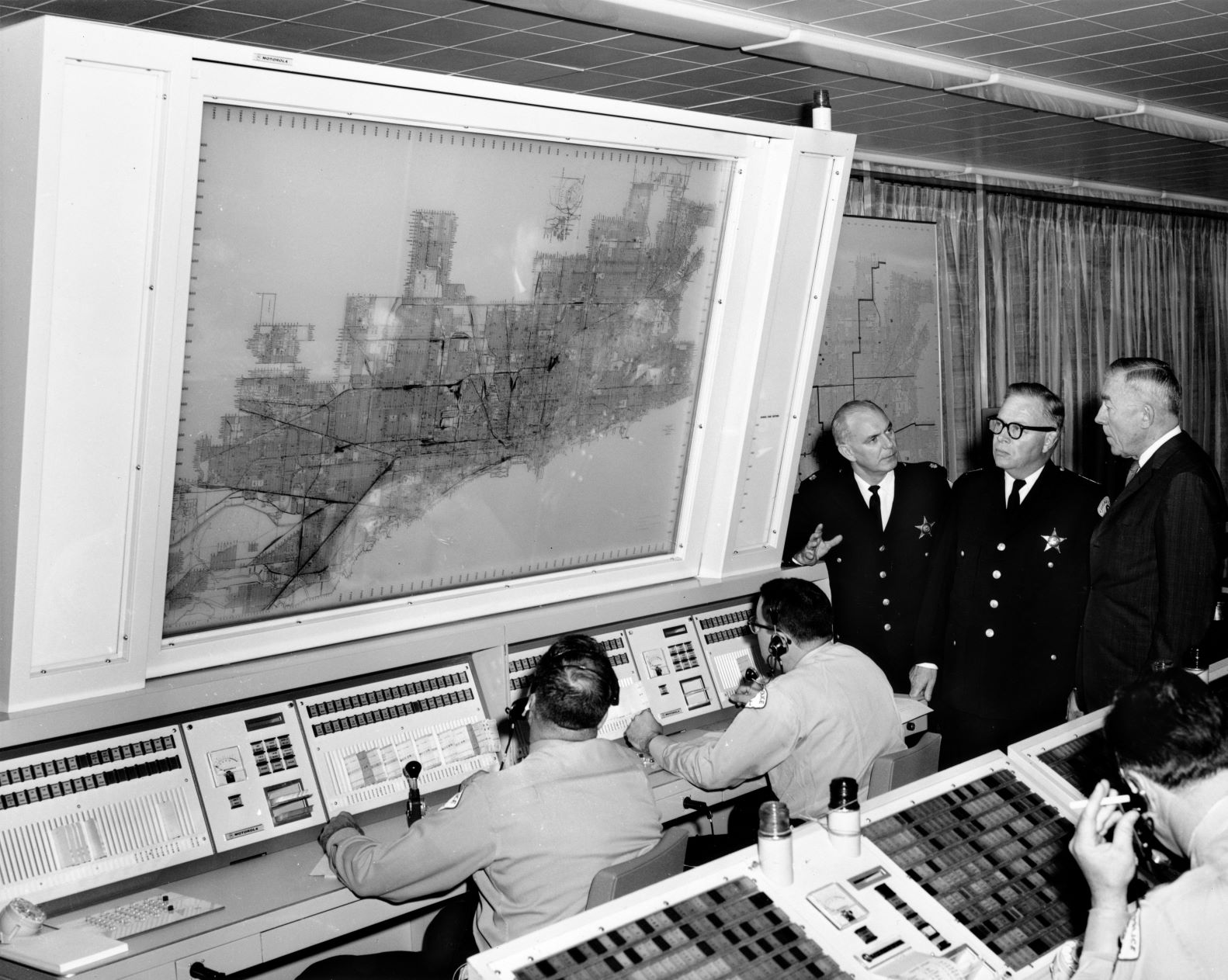
On September 25, 1928 Paul V. Galvin and his brother, Joseph, incorporated Motorola’s founding company—the Galvin Manufacturing Corporation—in Chicago, Illinois, USA.
Since then Motorola has delivered a range of innovations: from the first car radios and public safety networks in the 1930s to delivering the equipment that carried the mankind’s first words from the moon in 1969.
The company has been a major leader of the communications revolution having launched first commercial handheld cellular phone in 1983.
Today Motorola, which now has some 4,402 patents and which spent some $568 million on R&D in 2017, turns 90. So… What’s it up to these days?

Motorola Turns 90
The company, which changed its name from Motorola, Inc. to Motorola Solutions, Inc. on January 4, 2011, now operates two segments across over 100 countries.
The first of these is “products” which generated net sales of $3.8 billion last year.
See also: Home Office Plans New Approach to Emergency Service Network Roll-out
Its primary customers in this segment are government, commercial and industrial customers who operate private communications networks and manage a mobile workforce. (One of its single biggest customers, worth a massive eight percent of its consolidated net sales in 2017, is the Home Office).
It has two main product lines: “Devices” and “Systems”

Products include two-way portable radios and vehicle-mounted radios; accessories such as speaker microphones, batteries, earpieces, headsets, carry cases and cables; software features and upgrades.
The latter includes the radio network core and central processing software; base station; consoles; repeaters, and software applications and features.
The Services segment meanwhile provides a set of service offerings for government, public safety, and commercial communication networks.
In 2017, the segment’s net sales were $2.6 billion, representing 41 percent of its consolidated net sales.
They include network monitoring, software maintenance, and cyber security services. Managed service offerings range from partial or full operation of customer owned networks to operation of Motorola Solutions owned networks.
Post-90 Strategic Plan
According to the company’s last full annual report to stockholders, the strategic plan includes “organic and inorganic investments” in three areas, which essentially boil down to “sales”, “servicing” and “software”.
1) Continued innovation in standards-based voice and data solutions spanning APCO 25, TETRA, DMR, and LTE technologies that underpin its Land Mobile Radio (“LMR”) platform business, which has an installed base of over 12,500 systems globally.
The company says: “These systems have a multi-year and often multi-decade life span which drives demand for additional device sales, software upgrades, infrastructure refresh and expansion, as well as additional services to maintain, monitor, and manage these complex networks and solutions. We believe our government and commercial customers will continue to require next-generation systems, enhanced software features and analytics, as well as incremental services to drive operational efficiencies.”
2) Managed and support services offerings that “allow our customers to improve performance across their systems, devices, and applications for greater safety and productivity.”
3) Software solutions to support “the entire public safety workflow – from the command center to mobile applications in the field to post-incident analytics.”
The company says: “Motorola Solutions is attempting to expand its software offerings to provide solutions across the various segments of the public safety workflow. As the public safety market continues to embrace software offerings to enhance their workflows, we are able to sell cloud-first SaaS offerings in addition to on-premise solutions with ancillary implementation and managed services.”






